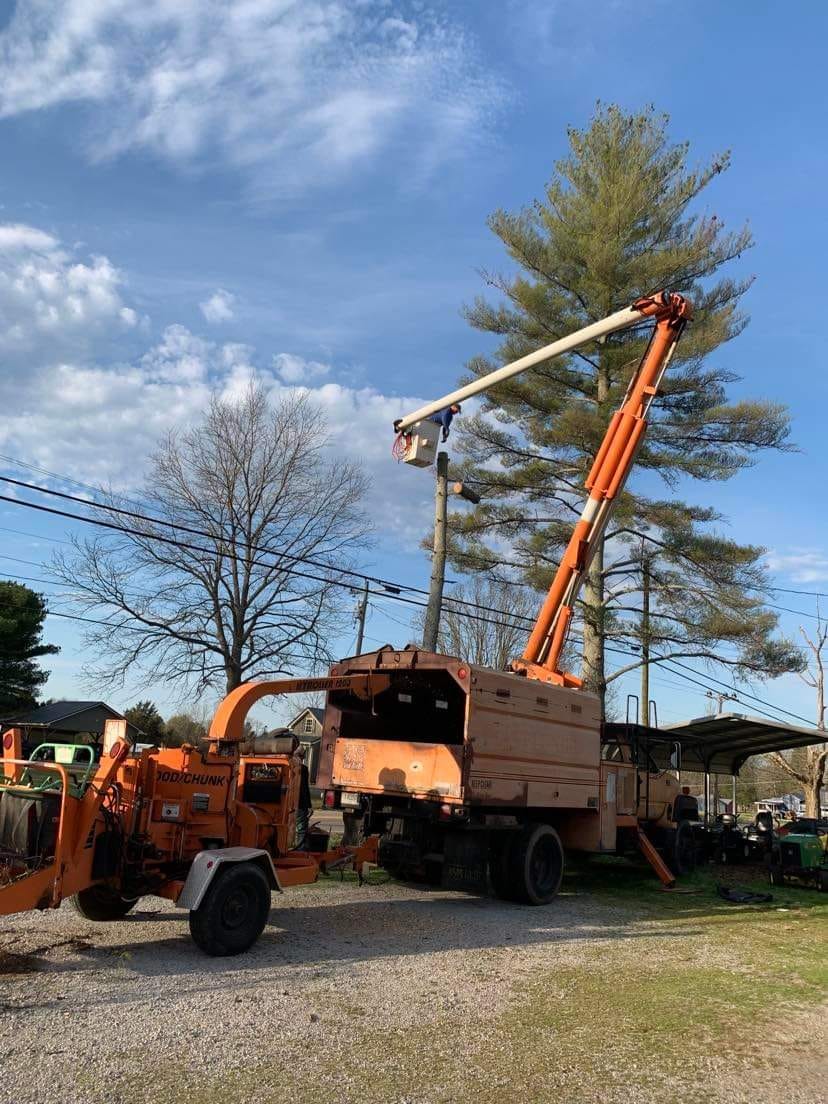
How to Identify Tree Diseases Before They Spread Oct 04, 2025
One of the first symptoms to watch for is changes in the foliage. Healthy trees have vibrant, consistent foliage. If you notice leaves with unusual discoloration, such as yellowing when they should be green or spots that seem out of place, it could indicate an underlying issue. Trees may also exhibit premature leaf drop. While this may occur naturally in autumn, seeing this happen in spring or summer warrants further investigation.
Another potential sign of disease is abnormal growths. Galls and cankers are common manifestations of infections. Galls appear as unusual swellings on leaves or branches caused by fungi, bacteria, or even insects. Cankers, on the other hand, are dead areas on the stem or trunk that may ooze sap, often resulting from fungal infections. Both conditions can disrupt the flow of nutrients and water within the tree, leading to further deterioration.
It is essential to inspect the tree bark regularly. Bark that is cracked, peeling, or covered in fungi may indicate distress. You should also be cautious of any unusual smells emanating from the tree. Certain infections produce a distinct, unpleasant odor, signaling that immediate attention is needed. Additionally, the presence of mushrooms or fungi around the base of a tree is a strong indicator of root rot.
Insects often play a role in spreading tree diseases. Keep an eye out for an infestation, as an increased concentration of pests like aphids, borers, or mites can stress trees and lead to health issues. Look for holes in leaves, fine webbing, or sawdust-like material at the base, all of which suggest pest activity. Many insects feed on diseased wood, so they often signal an existing problem that needs addressing.
Recognizing these signs is only the first step. Proactive measures should follow to protect your trees. Regular pruning performed by professionals like Scott's Tree Service can remove infected limbs and help manage disease spread. Adequate watering practices and nutrient management are also vital in maintaining tree vigor, making them less susceptible to infections.
In conclusion, maintaining vigilant observation of your trees can prevent the spread of harmful diseases. By understanding how to identify early warning signs such as foliage changes, abnormal growths, bark distress, and insect infestations, you can take proactive steps to maintain tree health. Scott's Tree Service is here to support you in safeguarding your landscape. If you notice any unusual symptoms or require expert advice, don’t hesitate to contact us. With regular inspections and immediate attention to potential problems, your trees can continue to add beauty and value to your property for years to come.
/filters:no_upscale()/filters:format(webp)/media/e7d781e7-3175-4b1c-8b9f-b43d8c6dad87.jpeg)